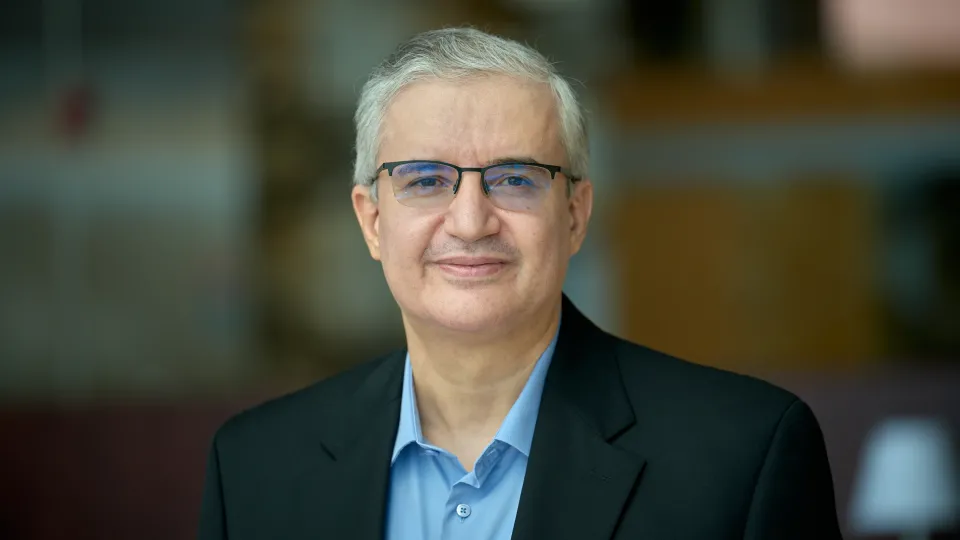
Signaling success for 5th gen communications
An efficient wireless signal optimization scheme achieves peak performance for next-generation mobile communications.
About
One of the defining characteristics of the next generation of mobile communications will be the use of a multitude of lower-power antennas to maintain ubiquitous high-performance signal coverage. KAUST researchers have now developed a signal optimization algorithm for future networks that, for the first time, can deliver the full performance promised by 5th generation (5G) communications.
“Multiple input, multiple output, known as MIMO systems, involve a very large number of antennas at both the receiver and transmitter in order to achieve superior performance over single-antenna systems or small arrays,” said Mohamed-Slim Alouini, Professor of Electrical Engineering at the University. “Currently, it is difficult to reach the promised theoretical performance of massive MIMO systems because the available algorithms for signal optimization require intensive digital processing, which introduces delays that can obstruct real-time interactions.”
Although next-generation networks are capable of high data-transmission speeds, the data itself can be delayed. Minimizing the component of transmission time, called latency in complex networks, has been one of the main obstacles to the development of next-generation communications.
The current signal decoding schemes suitable for MIMO are either too computationally intensive or fail to provide performance anywhere near that theoretically possible for 5G.
Alouini’s team has collaborated with colleagues the University’s Extreme Computing Research Center, including Professor David Keyes, to develop a promising algorithm called spherical decoding that has the potential to provide more efficient signal optimization.
“The complexity of spherical decoding can be much lower than that of “brute force” decoding methods, but its latency was still too high in huge MIMO networks and there was no systematic way to optimize the search parameters,” explained Keyes. “We demonstrated analytically and via exhaustive simulations that the search sphere can be tuned to achieve the best complexity-performance tradeoff.”
Read the full article

